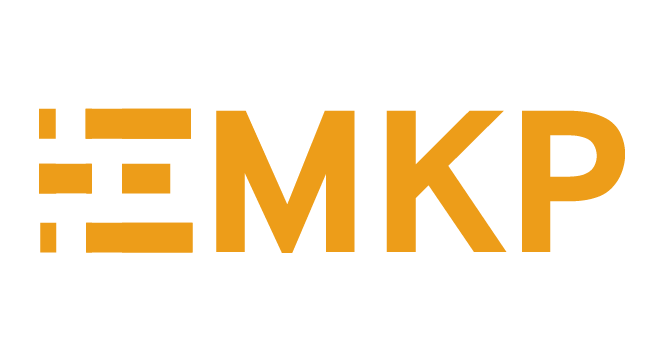Living indigenous traditions of rock art knowledge are significantly changing or disappearing in the contemporary world. However, Indigenous people in the Northwest Amazon maintain living practices of rock art ritual knowledge, constituting a notable exception in this regard. In that region, indigenous knowledge about rock art continues to be transmitted, but while exceptional, these cultural contexts are not invulnerable. The risk of epistemicide is always on the verge due to general cultural change promoted by neo-colonial processes and developmental pressures historically settled and currently ongoing in the Amazon, affecting even the most remote Indigenous territories.
This project focuses on documenting such practices in the Upper Negro River multicultural and multilinguistic area, NW Amazon, aiming to help safeguard these knowledge systems. Upper Negro peoples’ rock art knowledge constitutes complexly delicate and intricate human and non-human (including spirits and places) interwoven social networks poorly comprehended ethnographically. Previous fieldwork I have conducted in the area allowed fruitful intercultural research experiences with Indigenous connoisseurs, recorded with digital video and photography. These recordings may contribute to investigating and safeguarding the rock art knowledge of Kumuã, Eastern Tukanoan ritual specialists. As Indigenous knowledge keepers, Kumuã have a profound awareness of living petroglyph places with whom they are materially engaged. Their rock art knowledge originates from ‘inter-ontological entanglements’ with spirits dwelling at engraved sites. This project could create conditions for the fine-grained examination of this already obtained ethnographic evidence and mainly afford new fieldwork data-gathering on the topic, shedding light on this Amazonian rock art cosmopolitical networking.
Primary Applicant:
Raoni Valle
Co-Applicants:
Ivan Menezes Barreto
Location of Research:
Northwest Amazonia
Host Institution:
Bahserikowi – Center of Indigenous Medicine
Top Banner Image: Mr. Higino in the Ponta do Iaçá 2. (Photo: Raoni Valle)
